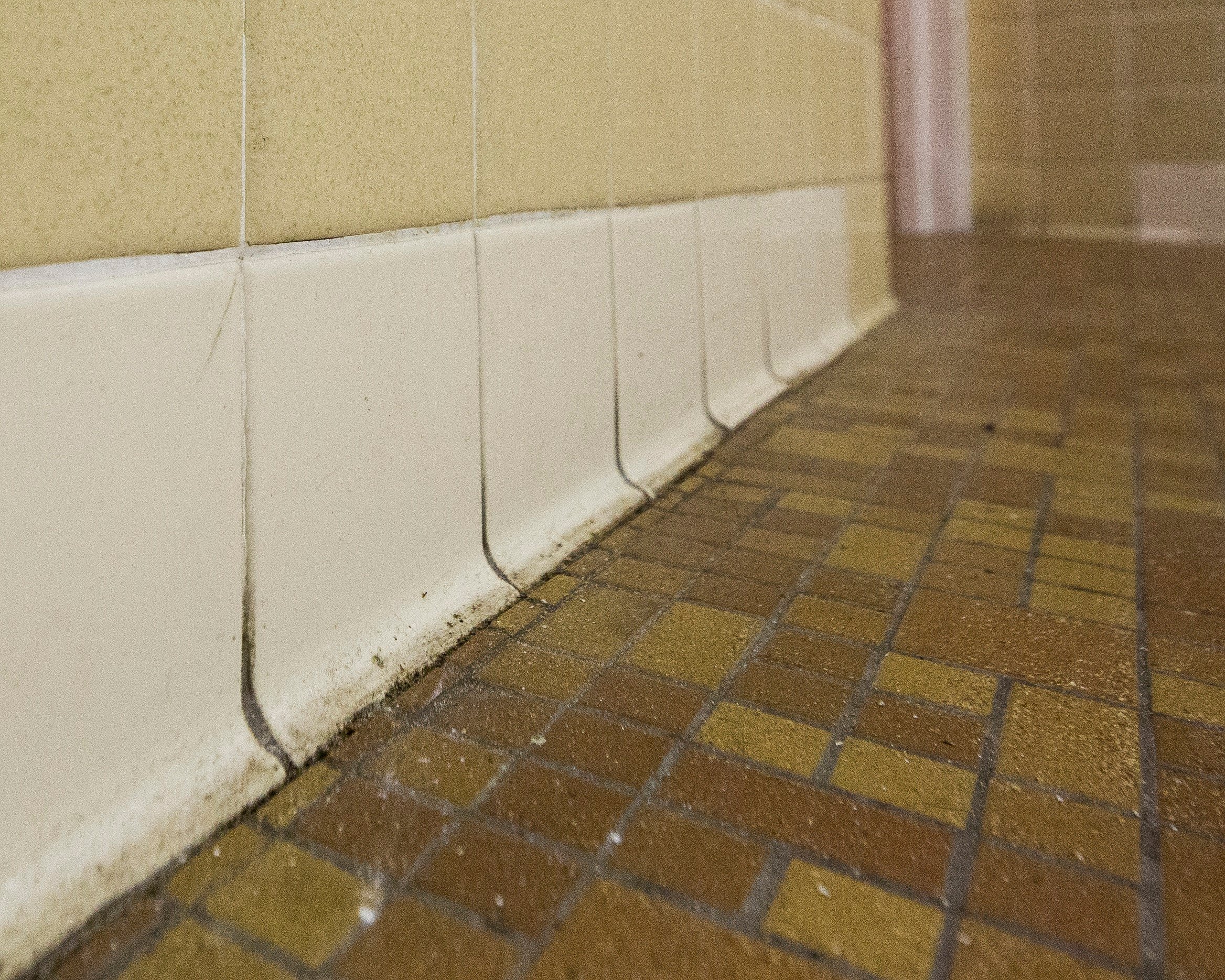
Out of the extensive array of hard flooring options available today, tile and grout remain one of the best choices in terms of durability and longevity. When properly maintained, tile and grout surfaces can last several decades or more, but no surface is invincible. Even with diligent maintenance and care, there comes a time when tile and grout surfaces will require restoration or its more costly alternative – replacement.
There are several signs that can indicate a tile and grout surface needs professional attention. Luckily, professional restoration can remedy almost all the issues that motivate companies to consider replacement. And with warranties available to insure and protect the work, professional restoration tends to be a much quicker and more cost-effective option.
Signs Your Tile and Grout Needs Restoration
Grout discoloration or staining
Grout discoloration can occur slowly over time, occasionally making it difficult to notice. Check surface areas along baseboards that don’t receive foot traffic or look at areas normally covered by furniture. If those areas are a different shade than the rest of the surface, the grout has discolored. Staining from hard water or urine can also occur in specific areas. If these stains become embedded and can’t be removed, deep extraction and restoration is needed.
Tile appears dull, has a slippery surface or tacky feeling
When tile surfaces lose their shine and no amount of cleaning can return it, it’s often a sign contaminants, chemicals or waxes have become embedded in the tile’s surface. In some cases, a deep extraction and cleaning can restore the surface to a like-new condition, but a protective floor coating is what prevents the issue from reoccurring.
Cracks or pinholes in the grout, foul odors
Both tile and grout are naturally porous materials. If left unsealed, liquids, dirt and contaminants work their way into the tiny holes to breed bacteria and foul odors. The appearance of small pinholes, cracks or gaps in the grout lines is a sign the grout is degrading. As the grout erodes, it collects more and more dirt and debris, causing staining and bad smells. Aggressive cleaning and chemicals are then used to alleviate this, causing further erosion of the grout and continuing the cycle.
Requires constant cleaning
When a tile and grout surface needs frequent cleaning, it’s usually a sign the tile and grout is unsealed, or any protective coatings have not been refreshed and have broken down. This immediately introduces the problem of porosity mentioned above. This issue doesn’t just impact the janitorial crew; foul tile and grout surfaces tend to generate complaints and negatively impact reputation and brand.
Outdated, ugly tile and grout surfaces
The 60s and 70s were responsible for some “interesting” styles when it came to tile and grout. Unfortunately, some of these looks have not aged well, pink tiles notwithstanding. When it’s time to completely update the look and appeal of hard flooring, professional restoration now offers a wide variety of recolor options. Grout sealers and protective floor coatings can recolor both grout lines and tile surfaces, and additives can be used to bring new texture and shine to protective floor coatings.
Choosing tile and grout restoration over replacement isn’t just about saving dollars or minimizing downtime. It’s about making smarter choices – choices that impact more than the bottom line – choices that benefit employees, patients, residents and the planet. Professional restoration is a long-term solution that enhances form as well as function. As stated in a FacilitiesNet.com article, “The flooring must fit the function, not only with performance characteristics that work but with a design and color appropriate for the space.”
